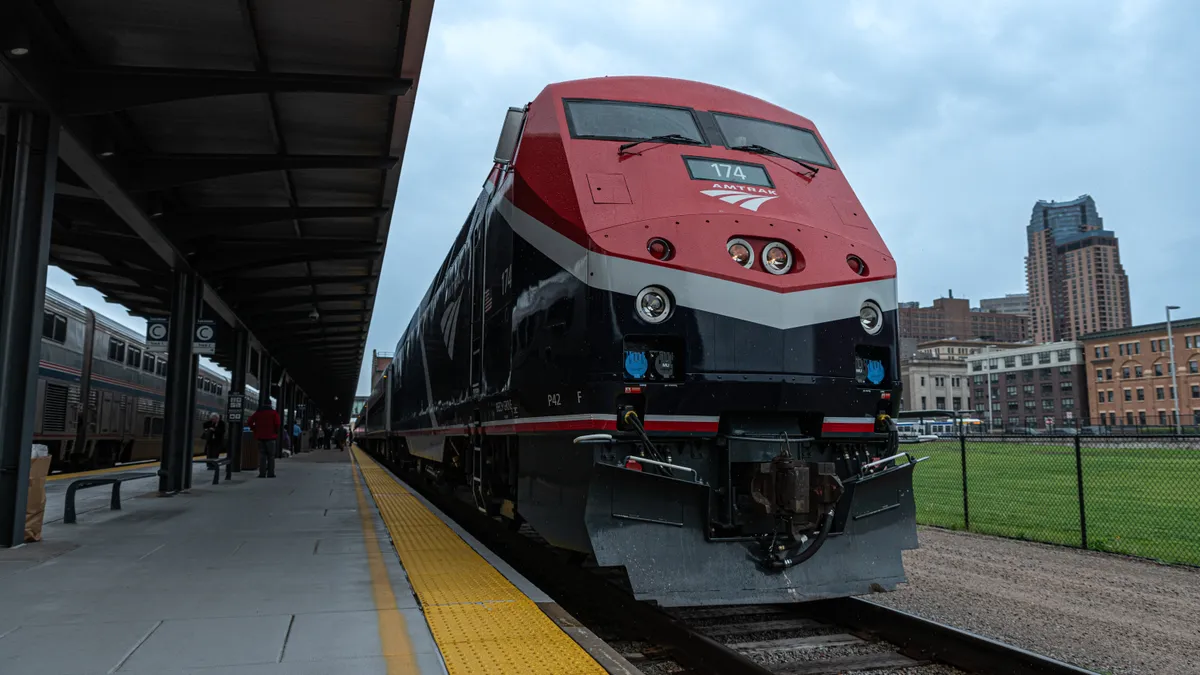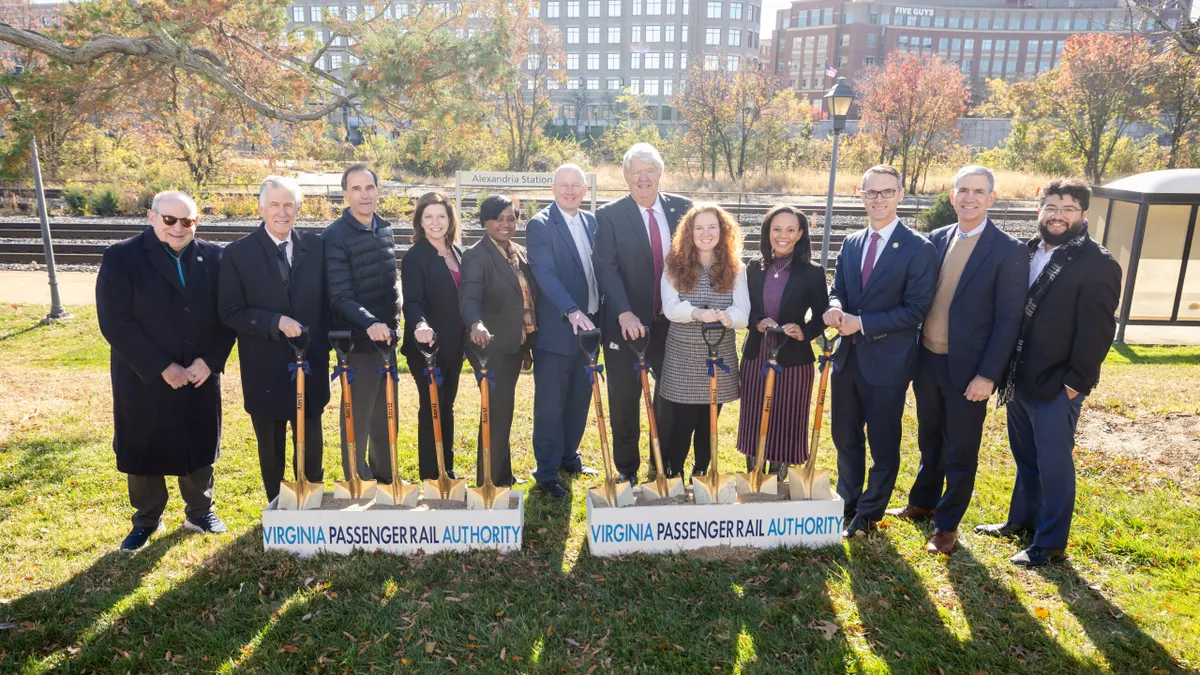An increasing number of cities are looking to implement congestion pricing in a bid to cut car traffic and fund investment in other transportation infrastructure. New York is slated to be the first U.S. city to toll drivers in a portion of lower Manhattan, while others including Los Angeles and Seattle are in various stages of studying their own schemes.
As more cities look to congestion pricing, the Eno Center for Transportation released a report last week with 10 principles it says leaders should follow when developing and implementing their own programs. Those principles cover areas such as equity, exemptions, partnerships and where revenues should be spent.
Eno said that while the new coronavirus (COVID-19) pandemic may have city leaders worried about pursuing congestion pricing, the pandemic should also "strengthen reasons" for the solution, as it can help transit make up its funding shortfall and prevent increased congestion on city streets as the economy returns to normal.
Smart Cities Dive has summarized the report’s key findings below.
1. Communicate a clear purpose
City leaders should set out a "bold vision and rationale" for why they want to implement congestion pricing, Eno said. If residents are informed from the start about why congestion pricing is being put in place and which problems it is addressing, there will be much more community buy-in, the group said.
2. Decide early how to spend the money
It may be tempting for cities to use congestion pricing revenues for plugging other budgetary holes, especially in the wake of the coronavirus pandemic, but local leaders must show a "specific and direct connection between how the revenue is raised and how it is spent," the report said.
Many cities see the projected revenue as a way to support other modes of transportation and bolster infrastructure. And while Eno said channels for revenue spending can change over time, there must be a clear direction where it will be spent to properly highlight its effects.
3. Provide choices by improving mobility options
While there will inevitably be drivers willing to pay a congestion charge in order to use a personal vehicle, Eno advised city leaders to bolster alternative options like transit when the pricing scheme comes in. With this will come a need to plan for additional capacity on transit, Eno said, in preparation for a shift in ridership.
4. Ensure congestion pricing is equitable
Equity should be at the "heart" of congestion pricing strategies, Eno said. This starts with bringing on a diverse set of stakeholders while planning, and being deliberate about using data to analyze and mitigate any disproportionate impacts of the pricing plan on vulnerable populations.
5. Build cross-sector partnerships
The report recommends cities build "broad civic, corporate, and political support" when putting together a congestion pricing plan. This includes engaging with the private sector, nonprofits, community groups and residents to help “normalize the concept” of congestion pricing.
6. Be transparent and strategic in communication
Cities should use "clear, concise messaging" to inform residents on the benefits of congestion pricing, and to alleviate any concerns or complexities, Eno said. Communication must be tailored to the various types of travelers and stakeholders that will be affected and begin before the plan is implemented.
7. Lay strong groundwork
Before cities implement congestion pricing, Eno recommended gathering stakeholders to "develop a deeper understanding of the problems to be addressed." The group said pilot projects or initiatives to address parking or curbside use can help prompt discussions about congestion pricing as people see the benefits or use cases.
8. Be transparent with performance targets
Cities must monitor the performance of a congestion pricing policy and be fully transparent in both its goals and the data it collects, Eno said. They must commit to that monitoring early so the scheme's stakeholders can build trust throughout the process.
9. Limit exemptions to essential services
A major point of contention in New York’s congestion pricing scheme has been around which vehicles will be exempt from the tolls. Eno's report said those exemptions should be limited to emergency vehicles.
The report said cities could consider discounts for some drivers, like those with electric vehicles (EV), but such discounts must have sunset clauses and only be put in place after deep analysis.
10. Be nimble
When planning such a system, Eno said policymakers should focus on the problems they are trying to solve first, before even embracing a congestion fee structure. Once a congestion pricing scheme is enacted, the report calls on city and regional leaders to be flexible and adapt it to changing conditions as needed.




















